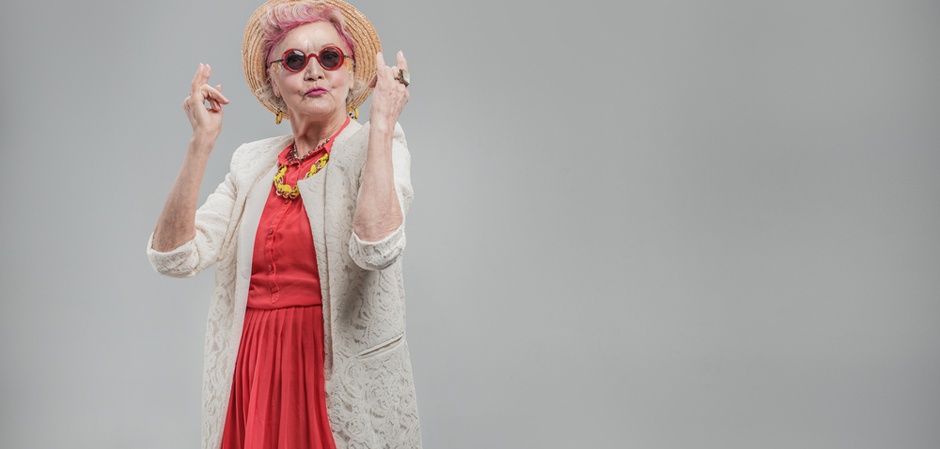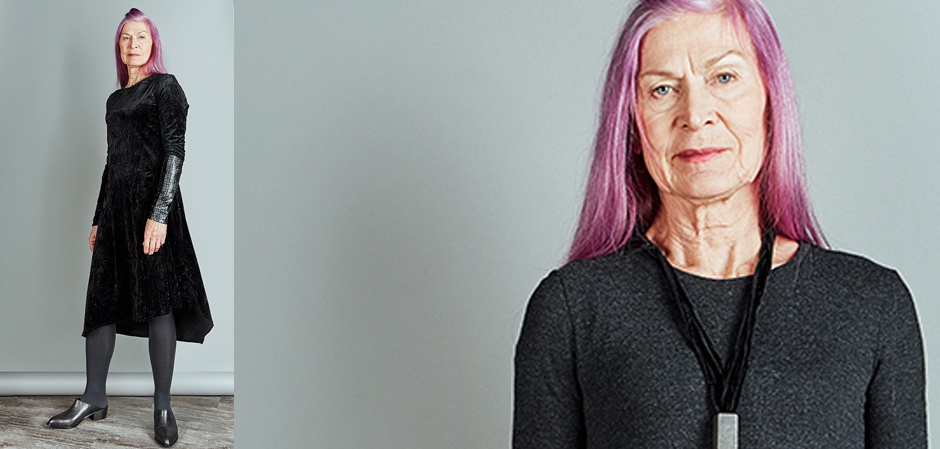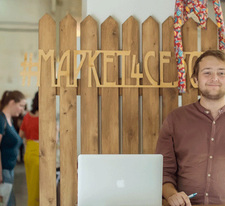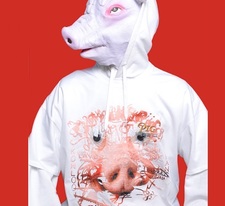Silver market
part 1part 2 part 3 part 4 part 5
SHOP ON THE COUCH
According to a study by Limelight Networks, more than half of people born between 1946 and 1964, contrary to expectations, spend more than 15 hours a day online, and people over 50 spend about $ 7 billion annually on online shopping. "That's why pensioners in America and Europe are an important audience segment for retailers," explains Olga Yarullina. – Several online stores focus only on age-related customers, for example, The Tog Shop, Care Apparel (fashionable clothing that takes into account age-related changes and health features), Buck&Buck».

In Russia, according to S.A. Ricci, pensioners do not use the Internet so actively, but they watch TV channels of the format "shop on the sofa", Top Shop TV, TV Sale, "TV retail network" and from time to time make purchases there. "But only a few age groups are eligible for payment: working pensioners (there are more and more of them every year), people who previously worked in government agencies and receive quite a decent pension (from 50,000 rubles), people who have been successfully engaged in business (or doing business) and have accumulated funds for a decent old age, or the parents of successful businessmen," says Ms. Yarullina. However, the audience of the last two groups does not exceed 8-10% of pensioners. Therefore, the age perception of customers by retailers, developers and management companies has not changed: retailers do not consider elderly people to be a solvent category of the population, which, unfortunately, is true.
However, e-commerce is winning back an increasingly large consumer audience, including 60+ people. "Obviously, there is a stereotype that these are people of the baby boomer generation who retire at 55, sit at home watching TV and lead a low-activity lifestyle," notes Ksenia Ryasova, president of Finn Flare. – But soon generation X will be among the pensioners, and they are very active, earn well, play sports and are going to live up to 120 years. I don't know about 60+, but in my opinion, the audience of 50+ is very interesting, wealthy and active. Another thing is that in Moscow and St. Petersburg, the age audience is too different from the regions. The 70-year-old mother-in-law of my financial director, for example, will not leave the house without 10-centimeter heels. I don't think there are many such women in the regions, at least because of the bad sidewalks.

"Although magazine covers prove that the fashion industry is not afraid of old age, the average life expectancy of Russians is steadily increasing, and the current generation of the elderly leads an active lifestyle and is interested in fashion trends, the opposite picture is still being observed in the Russian fashion market," sighs Oksana Mostyaeva, senior director of the retail real estate department of Cushman&Wakefield. – European retailers, like the English Laura Ashley or the German Olsen and Steilmann, who focused on the older generation and offered a conservative style coupled with good quality, are now leaving Russia en masse. There are no specialized clothing stores of the 50+ segment in Russia – there are only players who take into account the requests of the 50+ category, but there are few of them: H&M, UNIQLO, Kiabi. Of the Russian brands, we can talk about Familia, KupiVIP, Baon, Finn Flare, O’Stin, Glance, Ulla Popken stores. These stores represent a size range and basic models that are suitable for the elderly.

Anna Lebsak-Kleimans, CEO of Fashion Consulting Group, agrees: the priorities shaping the demand of people of retirement age in Russia are not fashion trends and the relevance of design, but convenience, versatility and low price. "Yes, most of the major players make the main bet on the age segment of 25–45 years, since in Russia it is these buyers who have «free money» and actively spend it on updating the wardrobe, continues ;Ms. Lebsack-Kleimans. – But among foreign marketing specialists, the opinion is becoming more and more common: "You make a product specifically for the young, you will lose the older ones. You are making a product for the older age – you will acquire young ones ». Within any age group, from the point of view of marketing, there is no uniformity. Segmentation should go not by age, but, for example, by income, lifestyle and psychographic characteristics. It is also important when developing a collection to focus on the size grid and the features of the figure of older customers, and when shooting ads, to focus not only on relevance, fashion and sexuality.
To be continued.
Text: Ekaterina Reutskaya
Photo: shutterstock.com, JULIA YANUS











